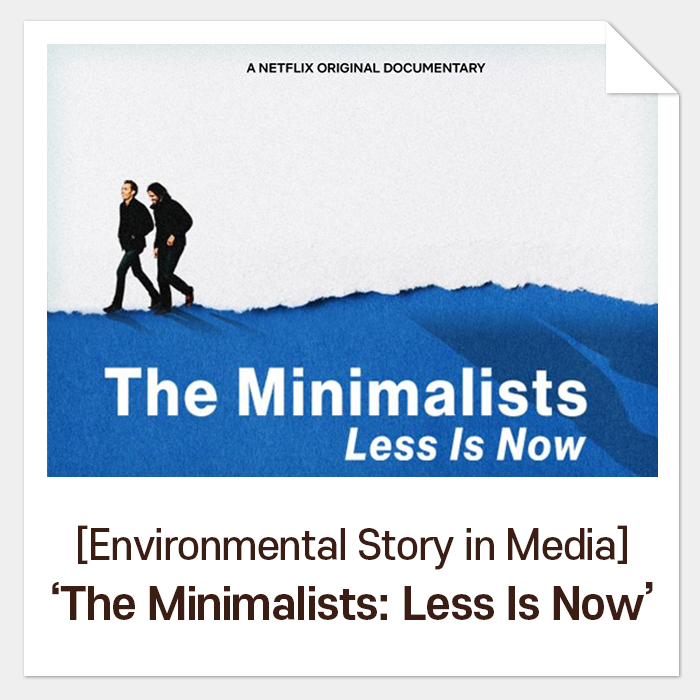EU Puts an End to the Era of SUP!
Threatened by the rapidly spreading virus, people give much preference to single-use products over reusable ones. As the virus is known to be easily spread by droplets, the value of hygiene is getting more attention than that of convenience from these products. When this current situation has affected and halted a plastic ban policy in each country, Europe is firmly taking steps to kick them out.
In fact, Europe
declared war against plastic long ago. The European Commission hereinafter EC
announced in May of 2018 that they were going to establish regulations to
restrict on major disposable plastic products. According to the announcement,
the products including straws, swabs, stirrers, and other single-use utensils
will be completely banned by 2021, and manufactures should use alternatives for
them. The EC also decided to reduce the use of containers for take-out foods
and beverages that they cannot be provided for free in the EU member states. In
addition, each country should set a target for reducing the use of disposables
and make effort to achieve it with green strategies.
Indiscreet Use
of Plastic, Why Should We Look Out?
Plastic, invented in 1869, is a familiar material used for almost everything around us, for its excellent practicality and cost-effectiveness. It has greatly contributed to global economic development and taken essential parts in varied industries.
However, its life
span is short and it is not designed for reuse. More importantly, efficient
recycling is hard to expect. The production and consumption pattern of plastic
does not consider the entire circulation of the product. In fact, it is
discovered that the single-use plastic items such as straws and stirrers cover
about 70% of the total marine waste.
To make difference, the EC officially published the directives on SUP(single-use plastic) on June 5th, 2019. The directives collectively define ‘SUP’ as all the products that are not intended for reuse, regardless of the amount of plastic content. Therefore, conventional paper cups laminated with extrusion coatings such as PE, BioPE, PLA, PBS are classified as SUP and they will be eventually banned across European Union based on the directives.
Let’s read the
directives more closely to find out how the EU tries to minimize environmental
pollution!
① Marking Requirements
As of July 3rd of 2020, all the plastic-coated products including disposable cups need to contain a warning label of the material. This is to remind the customers how their purchase would affect the environment and to reduce the use of the products.
The label will
indicate plastic content, the right waste management, and a disposal way to be
avoided. The icons and text will have to be printed in prescribed colors and
the rest of the details is anticipated to be officially released in August of
2020.
The directives ask for companies’ active participation, too, in order to prevent the environment. The EC says that all the relevant subjects should make an effort to minimize the negative impact of single-use plastic while promoting the development and use of sustainable alternatives.
Meanwhile, the
directives clarify the fact that there are some so-called ‘environmentally
friendly’ products, but they are not actually biodegradable causing the
microplastic issue and polluting the current recycling system and that these
greenwashing products should not be considered as sustainable alternatives. The
ban on using the disposable food containers made of polystyrene is also stated
in the directives.
The Value We
Need to Pursue for the Post-Corona World
The Directives
urge the member countries to act and cooperate so as to change the consumption
pattern and find a sustainable solution. Again, it emphasizes on setting the
reduction goal of disposable plastic and considering the impact on the
environment from production to disposal as well as waste disposal system. It
will only be able to achieve noticeable success when organizations,
manufacturers, and consumers collectively work together.
However, the pandemic also teaches us that human beings and nature are in correlation. The group of humans, animals, and plants are not a dogmatic assembly, but they are linked to one ecosystem circle.
Now it’s time to prepare the Post-Corona era. If using disposable products is inevitable, wouldn’t it be needed to design recyclable environment-friendly alternatives and to establish resource circulation system? We may be standing at the last crossroads to choose the right value over cost at the moment.










Comments
Post a Comment